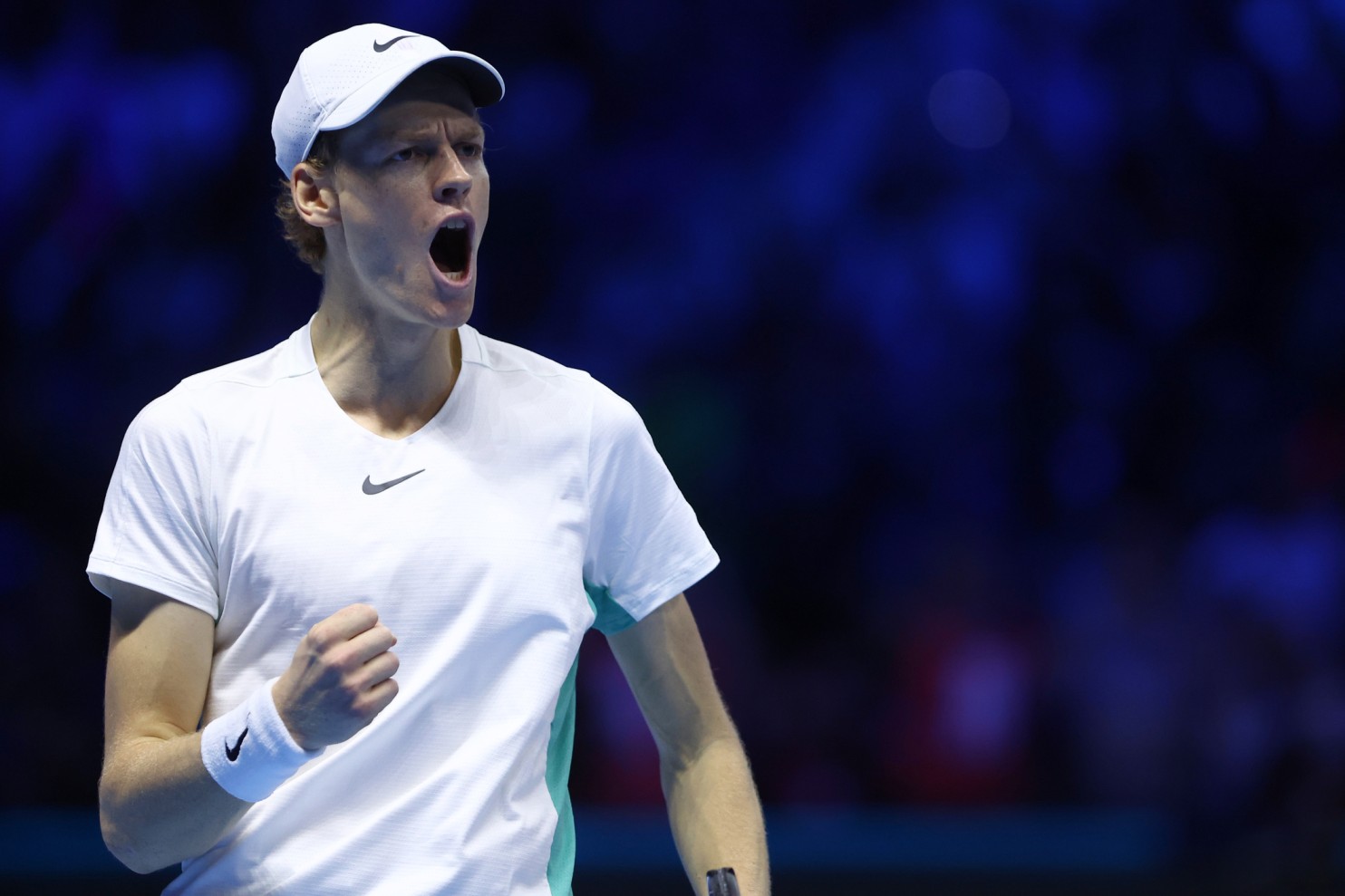Sports serve as a social model, a tool for gathering and integration, an avenue for inclusion and participation, and a counter to exclusion. Engaging in sports is fundamentally a burst of energy dedicated to physical well-being, essential for healthy growth, maintaining physiological balance, and preventing various diseases. However, its impact on society – encompassing both the enthusiasm from the stands and the business between merchandise and TV rights – and especially its ability to ignite excitement and foster belonging, cannot be overlooked.
The sports dimension is an aspect of Italy that is far from negligible, providing a fascinating means to understand the country and interpret its approach to life. The Scudetto won by Napoli in 2023, coming 33 years after the one led by Diego Armando Maradona – a man Neapolitans deeply adore and revere still today – demonstrates how deeply team enthusiasm, sports passion, and admiration for athletes can become part of people’s hearts and daily routines. Even a year after this triumphant championship, the city’s alleys, adorned with murals, banners, flags, and the inevitable nativity figurines, still bear the visible signs of the extensive community celebrations. Indeed, while soccer may dominate in Italy, athletes from various other disciplines have managed to captivate unexpected masses of fans with their talent and achievements.
The cycling clashes between Bartali and Coppi in the ’40s and ’50s not only showed their sporting prowess but also mirrored Italy’s societal and political divides, emblematic of the broader secular versus Catholic influences of the time. This era set the stage for Italy’s deep-rooted sports culture, from our passion for the America’s Cup, where fans would wake in the night to catch live races, to that for skiing, and the thrilling Alpine descents that have enchanted millions.
The fervor extends to the race tracks, where the Popolo della Rossa, Ferrari’s fans, exhibit a passion matched only in the motorcycle racing circuits, a domain long dominated by “The Doctor,” Valentino Rossi, who garnered widespread affection for decades. Italy’s enthusiasm for sports is further evidenced in volleyball, water polo’s Settebello, and basketball champions, not to mention athletics. After the legendary Pietro Mennea and Sara Simeoni, the nation’s heart has been captured anew by high jump sensation Gianmarco Tamberi and sprinter Marcell Jacobs, celebrated as the world’s fastest man.
Swimming champions abound, from Novella Calligaris, the pioneering Italian woman who first won a world championship, to the “Divine” Federica Pellegrini, a fourteen-year world record holder, and Gregorio Paltrinieri, a potential flag bearer for the Paris Games. Tennis, too, has a devoted following, tracing a lineage from the historic triumphs of Nicola Pietrangeli and Adriano Panatta to the modern-day successes of Matteo Berrettini and Jannik Sinner. Francesca Schiavone’s groundbreaking Roland Garros win in 2010, an unprecedented achievement for an Italian tennis player, followed by Flavia Pennetta’s victory at the US Open, highlights Italy’s rich and varied sporting legacy, cherished and celebrated across generations.
But in Italy, sports aren’t just watched, followed, and cheered for from the comfort of an armchair. About a third of Italians engage in sports regularly, totaling nearly 21 million people. This commitment is reflected in the large number of outstanding performers achieving significant international results. As of September 2022, Italy ranks 7th globally in the total Olympic gold medals and 6th in overall medals across both Summer and Winter Games, trailing behind the USA, Russia, Germany, Great Britain, and France.
Beyond the Olympic spirit, the business surrounding sports is substantial: in 2021, according to Italiaindati.com, the revenue of over 74,000 sports clubs amounted to approximately 37.5 billion euros. The entertainment industry, encompassing everything from media to sports betting and event-related services (transportation, hospitality, dining, shopping), generated 16.3 billion euros in the same year. Sportswear and equipment sales contributed another 16.8 billion euros, showcasing the employment and social impact of sports, as well as its indirect value to the Italian economy. The total estimated turnover for the Italian sports industry in 2021 was 78.8 billion euros, a 19% increase from 2020, following the record-breaking 95.9 billion euros in 2019, or 3.6% of the Italian GDP. These figures usually surge in response to sports achievements or major events, whether they’re national championships, world cups, or the Olympics.
While soccer remains the biggest moneymaker, the most practiced, and the most followed sport – there’s hardly an Italian who doesn’t feel a surge of national pride chasing a ball in the national team jersey – the tricolor dream holds a unique and unifying appeal across all sports. Even the billion-dollar realms of tennis pay homage, as seen in Volandri’s Davis Cup team’s triumphant victory and, more recently, in Sinner’s historic win in Australia, marking him as the first Italian to do so.
When the Italian flag is raised and the national anthem plays, sports have the sublime power to turn an individual victory into a collective triumph, making everyone feel part of the same team and nation.






























